Top 5 Causes & Treatment for Aching Joints: Everything You Need to Know
Joint pain or stiffness in hands and fingers is a common medical condition around the world. Common factors like ageing, being overweight, injuries, and other medical conditions can be responsible for joint pains. Nearly 70% of older adults are suffering from joint pain, and reports say that almost 20% of the global population is a victim of joint pain. Therefore, not only older adults but also youngsters are also facing similar discomfort of sore joints and sore knees.
Knowing your health well reduces the risk of future consequences. To gauge out a treatment plan for the body aches and joint pain, it is essential to first identify the causes of pain in the joints of the hands and feet. Generally, joint pain for a short period is not harmful, but if the pain persists, you must visit a good doctor. However, due to long waiting times, high treatment costs, and limited access to advanced healthcare, many people from African countries such as Cameroon, Nigeria, and Kenya travel to India for getting joint replacement surgeries. Joint replacements, like total hip replacement in India, not only come with cheap hip replacement costs, but you can also benefit from advanced technology and long-lasting results.
Complete reading this blog to know everything about joint pain and its causes today.
What are Sore Joints or Joint Pains?
In simple language, joint pain is the discomfort that a person feels in their joints for several reasons. You will find it hard to perform some basic tasks as it limits the ability of the joint’s normal function. Typical areas of joint pain are hands, feet, knees, hips, and spine. However, the type of discomfort may vary from one patient to another. Joint pain may cause a burning, throbbing, or grating sensation, while some may complain about stiffness, aching, or soreness in the joint area, like aching knees. Pain can be persistent or may reduce after some time.
Why Do My Joints Hurt All the Time?
There are several causes of stiff hands and fingers and feet. However, many are common for both hands and feet, like arthritis and its various types, gout, tendinitis, and injuries, while some are strictly limited to some joint regions. At times, these causes can also be a symptom or sign of a bigger and more serious condition.
■ Osteoarthritis
This is the most common type of arthritis that is found among older adults. The cartilage between two bones gradually breaks while you age. After the cartilage wears off, the two bones get rubbed against each other, causing joint pain. Osteoarthritis also causes knee joint pain. Knee joint replacement surgery is the solution for relieving aching knees.
■ Rheumatoid Arthritis
In rheumatoid arthritis, your joints will get swollen and cause pain. It is a chronic joint disease where you will get sore joints, and your joints may get deformed.
■ Viral Infection
Though it is rare, not impossible, severe fever, Covid-19, symptoms of joint pain, and many others, rashes may also cause sore joints and joint pain.
■ Injuries
Accidents are common causes of injuries. However, if you are a sportsperson related to vigorous activities, there are chances that you might get a joint injury.
Other conditions like tendinitis, gout, and bursitis are common in hands and feet but are more prevalent in some areas.
What are the Causes of Stiffness in Hands and Fingers?
Pain in hands, i.e., hands, elbows, and palm areas, is common if you are into sports. Some of the common causes of stiffness in hands and fingers are as follows:
■ Ganglion Cysts
Small cysts often form from a joint of the hand like a herniation. The sac is attached to the joint with a stalk that allows the fluid to flow from the sac to the joint or sheath. The cysts are painless at the initial stage. Your doctor might not give any particular medical advice to operate it. But after they start getting bigger, you will feel acute joint pain.
- Tendon Problems: Tendon problems are common among athletes. Tendon is the connective membrane between your bones and muscles. Any inflammation may lead to tendon problems. Tendonitis and tenosynovitis are two main tendon problems.
- Tendonitis: The inflammation in the tendon of your hand can cause tendinitis, which is a condition where your tendon gets inflamed and will start hurting. It is also common in the knees and leads to aching knees.
■ Tenosynovitis
Tendon sheaths enclose the tendons. The inflammation at the lining of the tendon sheaths causes tenosynovitis and can be a painful condition.
Some of the common tendon disorders are as follows:
- Lateral epicondylitis: popularly known as tennis elbow, is a condition where you experience discomfort at the back of your elbow and forearm. This happens when the tendon in your wrist is damaged.
- Medial Epicondylitis: You will feel pain from your elbow to the wrist on the palm of your forearm in this tendon disorder. It is also called golfer’s or baseball elbow.
- Rotator Cuff Tendonitis: When you dislocate your shoulder, you can feel a burning sensation on the shoulder capsule and the related tendons.
- Trigger Finger: Trigger finger is a tenosynovitis condition where the tendon in your fingers gets hard, making it challenging to bend smoothly.
- De Quervain’s Tenosynovitis: In this case of tenosynovitis, the tendon sheath of your thumb is swollen and causes discomfort.
What are the Causes of Pain in Joints of the Feet?
Some of the common causes of body aches and joint pain in feet are as follows:
■ Psoriatic Arthritis
Though it can affect any joint area, psoriatic arthritis is most sited in the legs and feet. If you have psoriatic arthritis, your toes will appear similar to sausages due to swelling in the smaller joints, which is a condition called dactylitis. You may also feel warm and tender around those areas because of the swelling and inflammation.
■ Gout
It is a temporary condition where uric acid accumulates around the joint of your big toe. The acid may crystallise, leading to acute pain. However, it lasts only for three to ten days. Patients with kidney problems or diabetes need to be extra careful of this condition, as it can pose a significant risk to these patients.
■ Bunions
A bunion is a common condition where your big toe is misaligned toward the other toes. A bunion looks like a bump at the base of the big toe. You may feel swelling and stiffness around the big toe joint in this condition. It may become hard to move that toe quickly. This will be temporary and last for a few minutes.
■ Bursitis
Bursae are tiny sacs containing fluids that guard your joints, bones, and tendons. They ensure that the ligaments and tendons are spread over your joints smoothly. If the bursae around your feet are inflamed, you will feel a sudden pain in your feet that might be an indication of bursitis.
■ Capsulitis
Capsulitis is a joint condition where the ligaments of the joints at the base of the second, third, and fourth toes get inflamed. You will feel that a marble is under your feet or acute pain in the ball of your feet.
Treatment of Aching Joints
Sore joints or joint pain is a common issue that can result from various causes, including arthritis, injury, overuse, or inflammation. Depending on the severity of the body aches and joint pain and the underlying cause, there are a variety of treatment options available. These options range from simple home remedies to medical interventions and, in severe cases, surgical solutions.
■ Home remedies
For mild joint pain, many people turn to natural, at-home remedies to alleviate discomfort and reduce inflammation. These remedies can provide relief without the need for medications or extensive medical procedures. The most popular home remedy options include rest, cold/heat therapy, Epsom salt soaking, and gentle exercises. However, sometimes mild joint aches can be a sign of a much bigger condition, so it is important to get your condition checked by an orthopaedic expert.
■ Medications
If home remedies are not effective in relieving your joint pain, you can also go for over-the-counter medicines in consultation with your doctor. Over-the-counter pain relievers include ibuprofen, naproxen, or topical creams and gels like menthol or capsaicin creams. For more severe pain, corticosteroid injections can help reduce inflammation and pain.
■ Physical Therapy
Physical therapy is an effective non-invasive treatment for many types of joint pain, particularly when it’s caused by stiffness or muscle weakness. A physical therapist can design a treatment plan to help restore mobility and alleviate pain. Some popular therapy methods include exercises, stretching, acupuncture, and chiropractic care.
■ Surgical Intervention
In cases of severe body aches and joint pain, particularly when these above-mentioned treatments fail, surgery may be necessary. Surgical options are generally considered when the joint has suffered significant damage or if the pain starts affecting your routine quality of life.
- Joint Replacement Surgery: In conditions like severe osteoarthritis, joint replacement surgery, such as knee or total hip replacement, may be the best option. During this procedure, the damaged joint is replaced with an artificial one, offering long-term relief from sore knees and other joints.
- Arthroscopy: Arthroscopy is a minimally invasive surgery that involves inserting a small camera into the joint through a tiny incision. It is used to remove damaged tissue or repair joint damage and has a quicker recovery time than traditional surgery.
Conclusion
In short, there can be a number of reasons for your body aches and joint pain. They can range from arthritis to fluid accumulation around the joints. But whatever the reason, timely identification can help you get timely treatment for your sore joints. Treatment options can range from home remedies to physical therapies, medications, and ultimately surgery. In mild cases, general home remedies like exercise and controlled uric acid will give you relief. But if you have chronic pain due to injury, immediately rush to the nearest hospital. It might be the sign of a more serious condition.







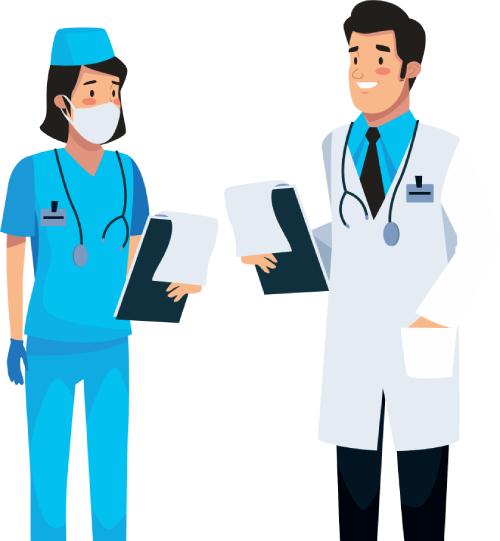

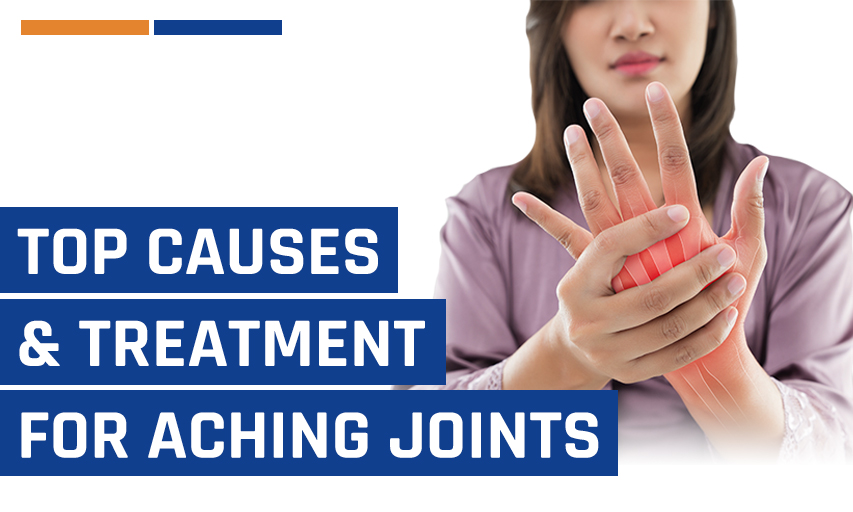
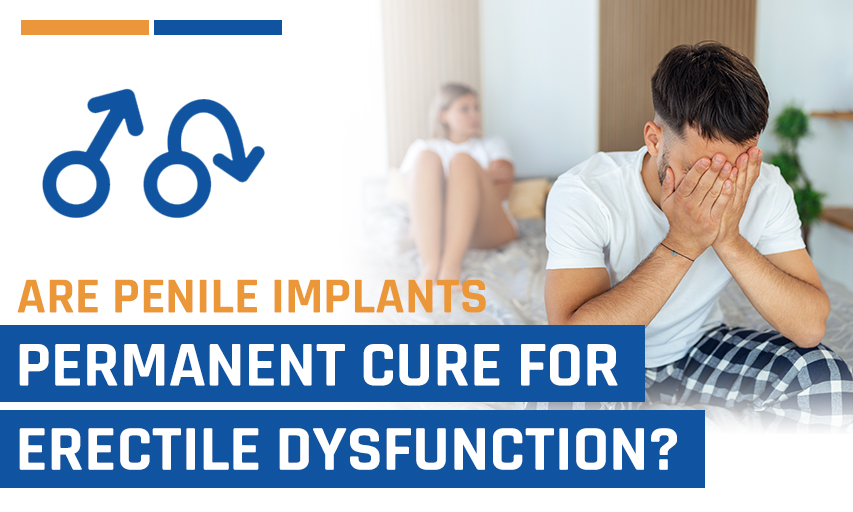
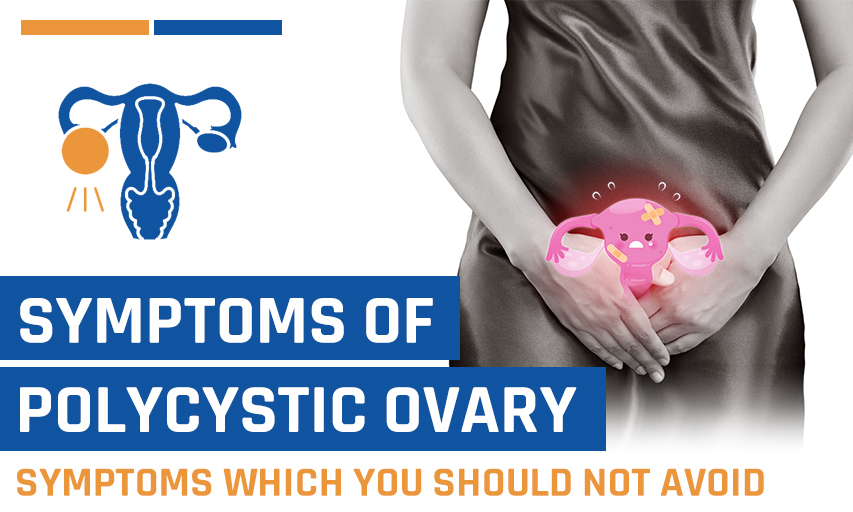

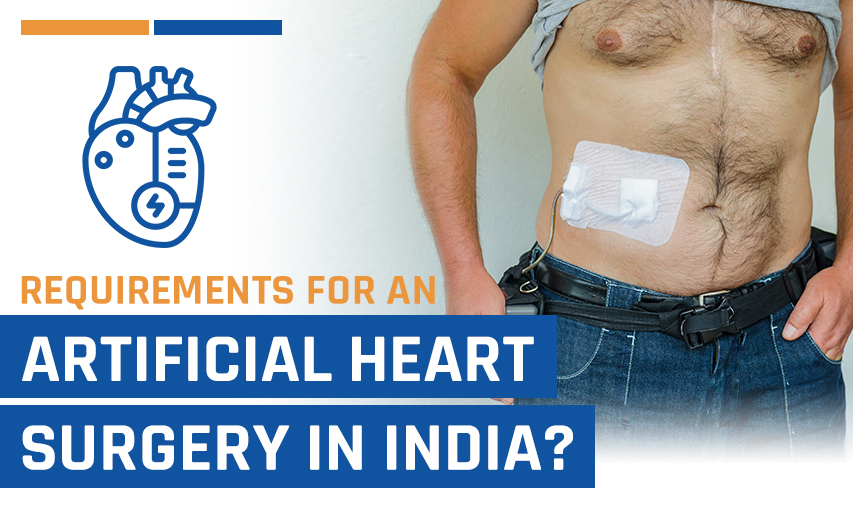
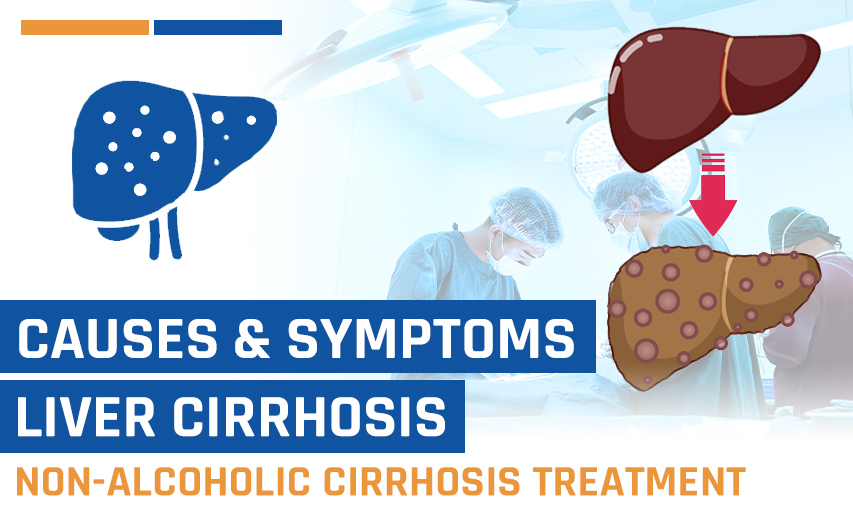
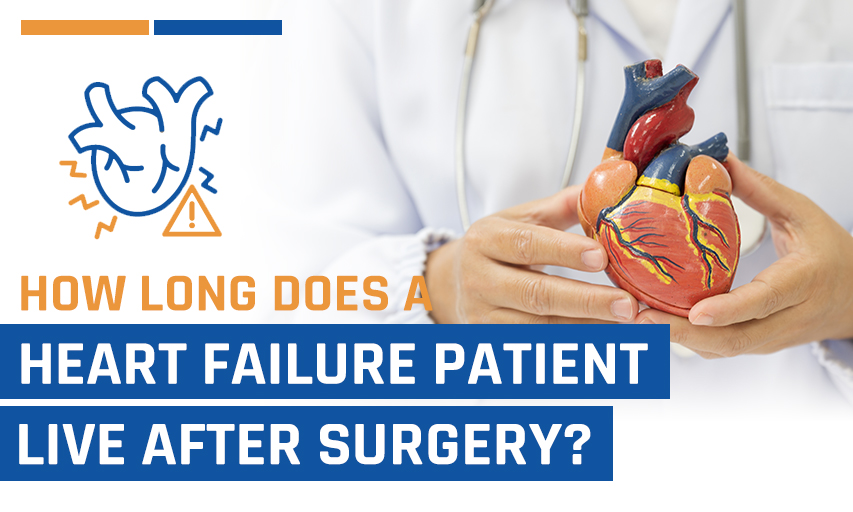


Be First To Comment
Leave a Comment